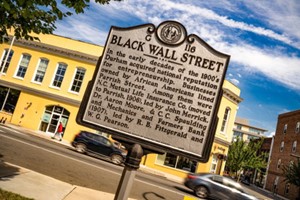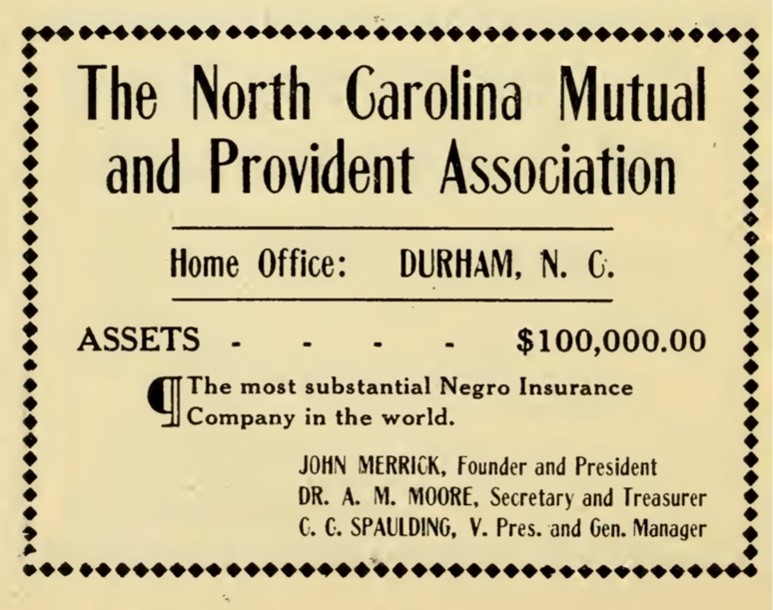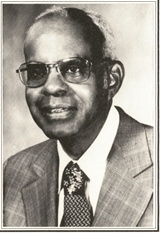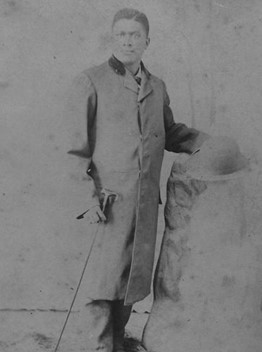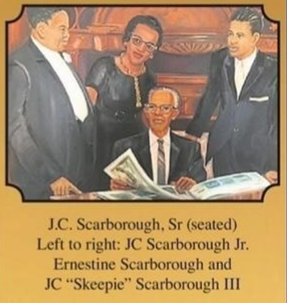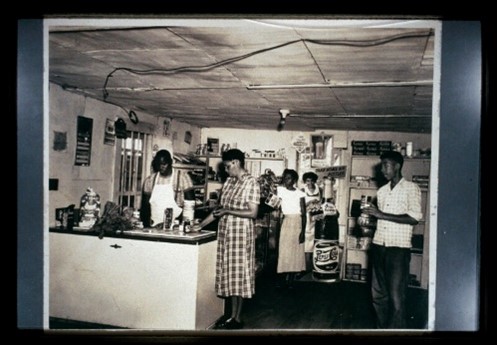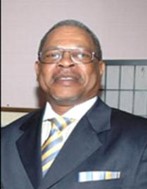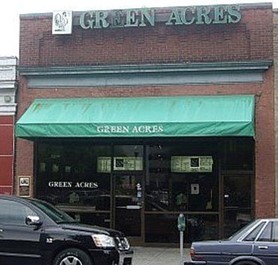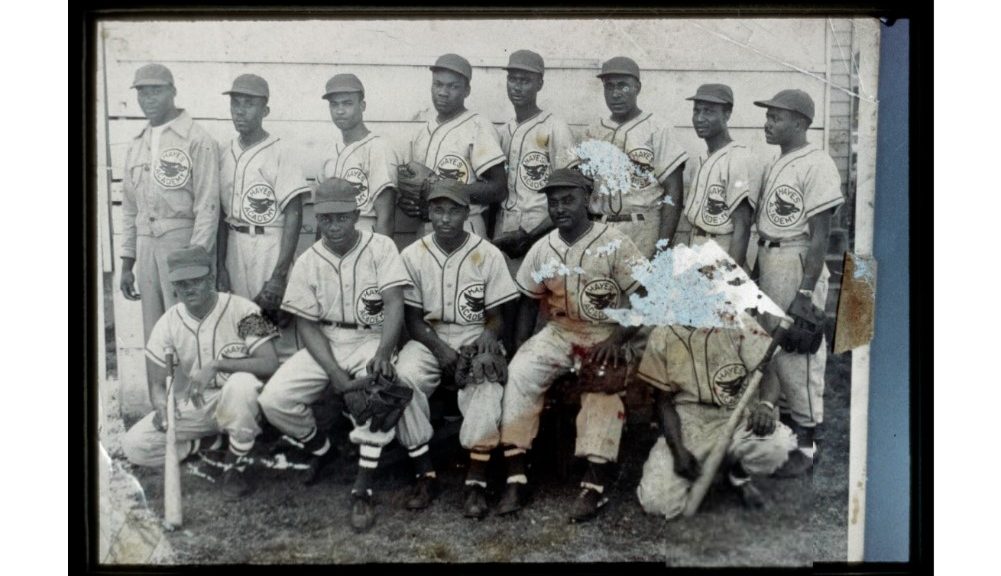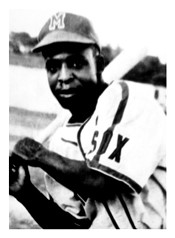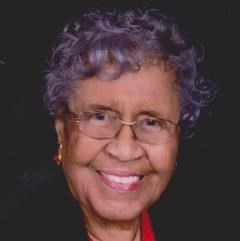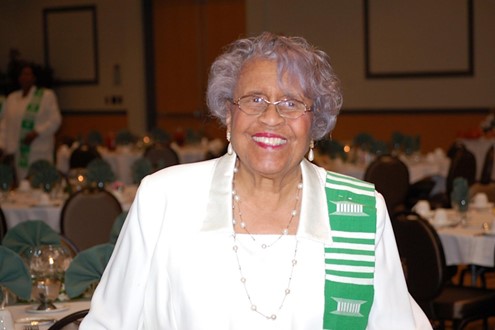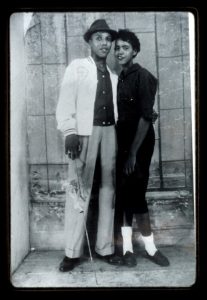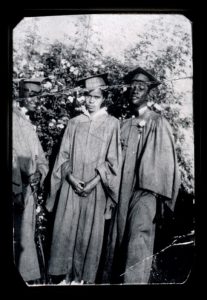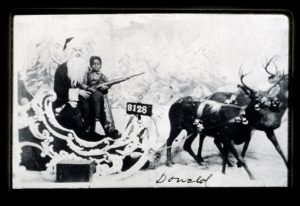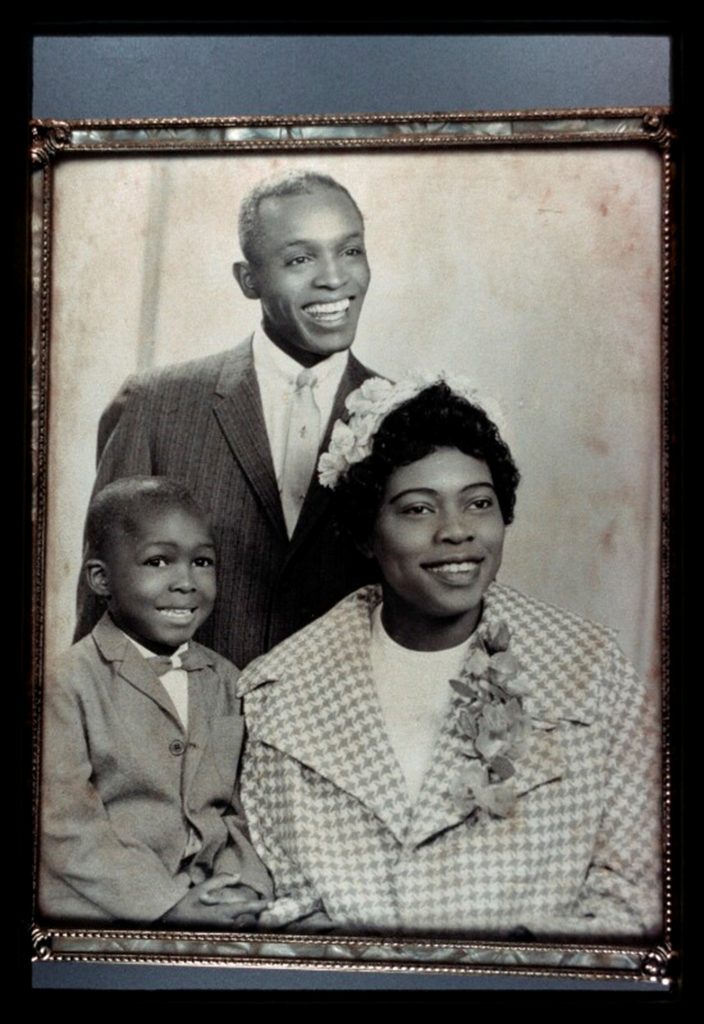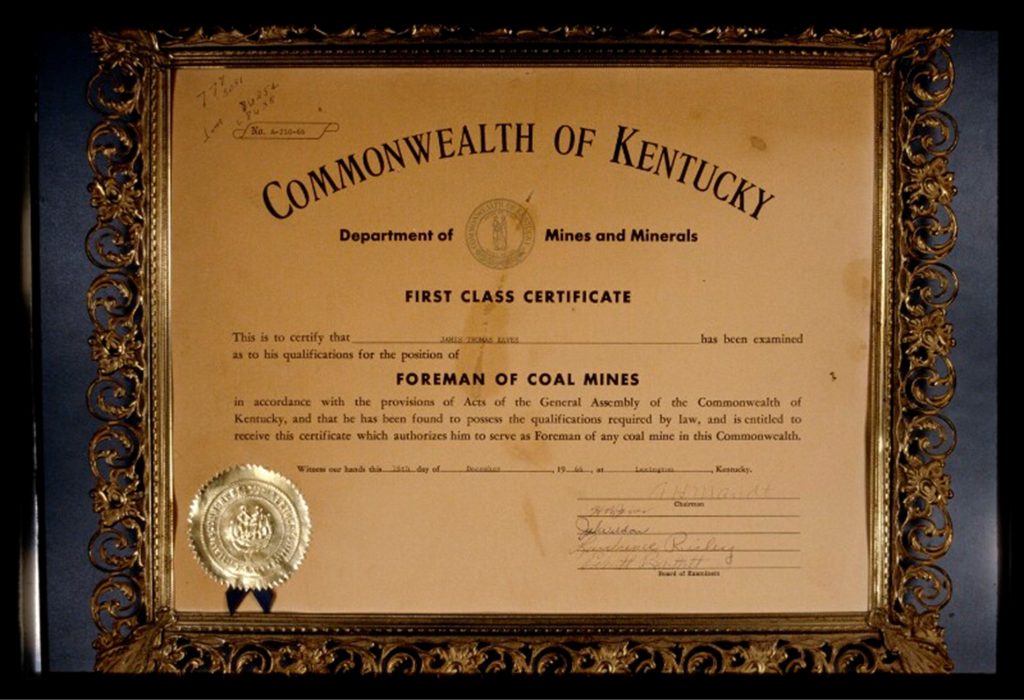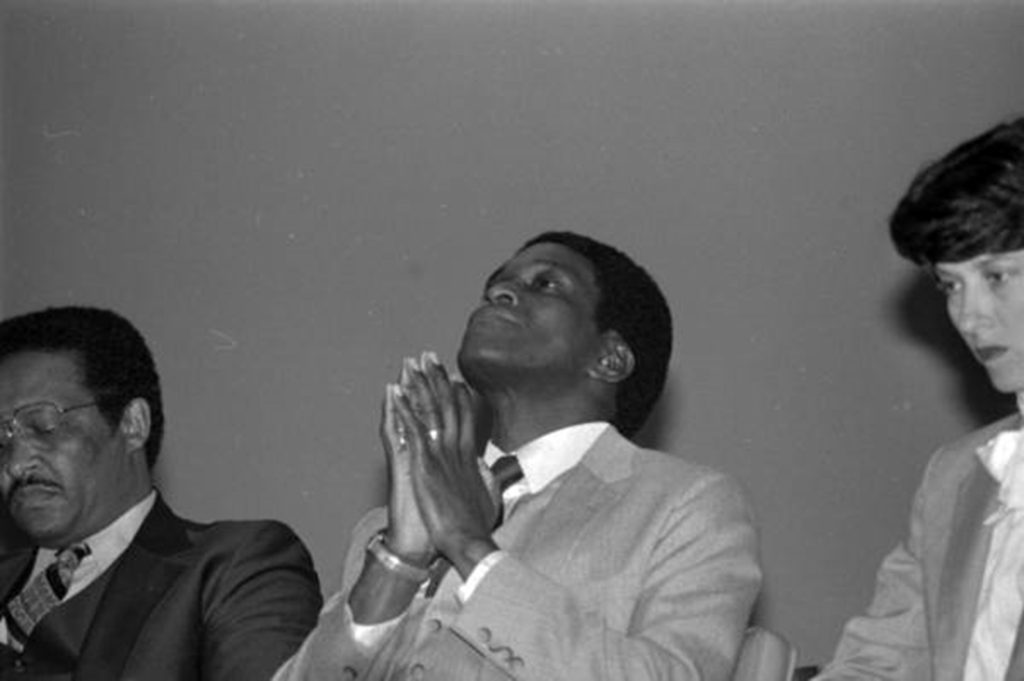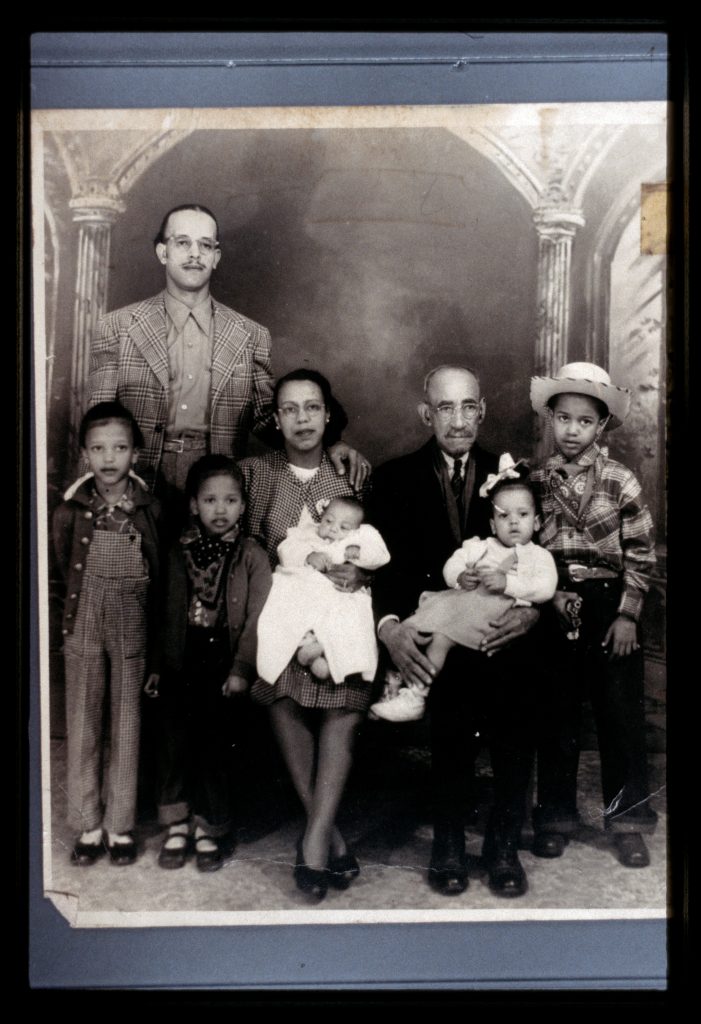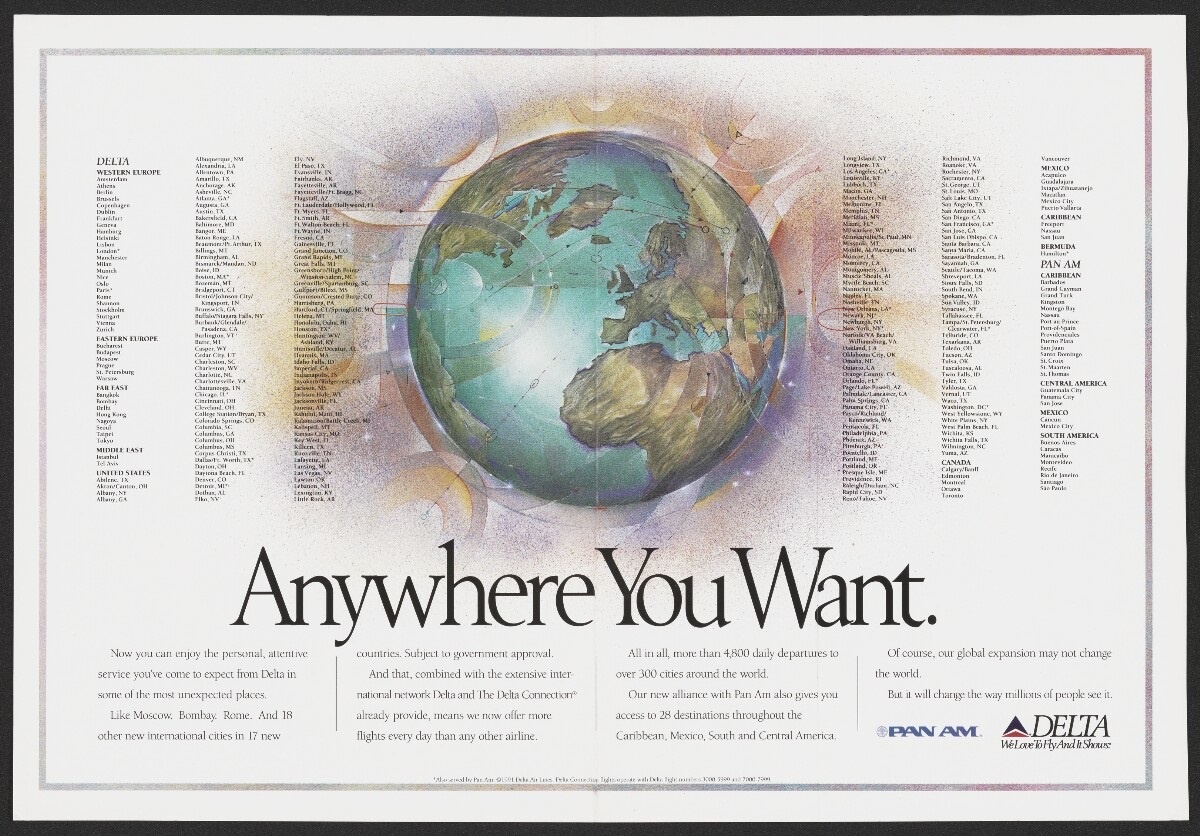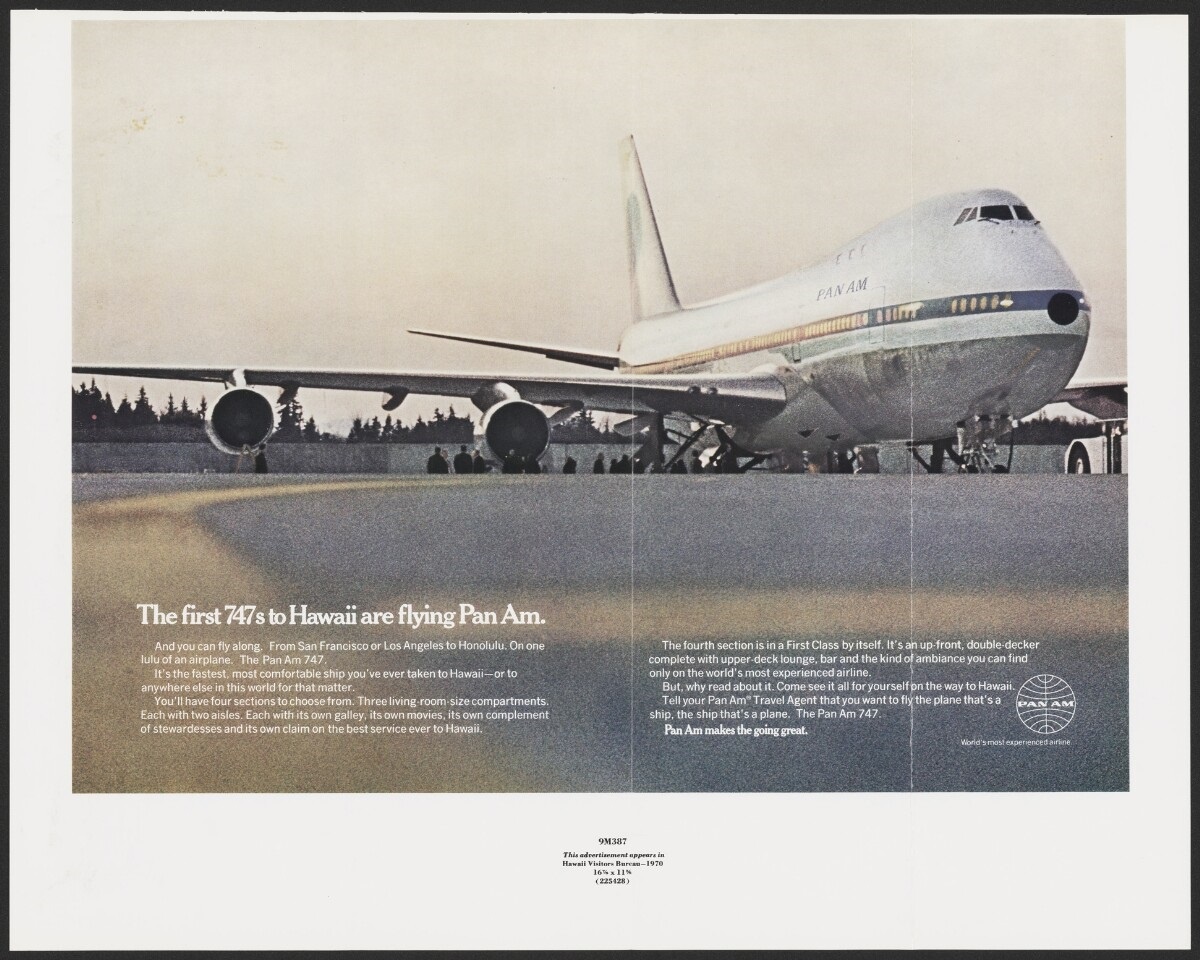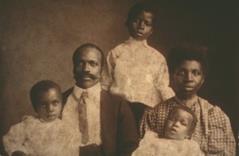Last month in October we observed both American Archives Month and Informational Literacy Awareness Month. Within the proclamation, President Obama acknowledges the challenges that everyday citizens face as the amount of information we receive and process on a regular basis has increased exponentially over the years. He encourages us to “recognize the important role information plays in our daily lives, and appreciate the need for a greater understanding of its impact.”
Read President Obama’s National Information Literacy Awareness Month Proclamation Here [https://www.govinfo.gov/content/pkg/FR-2009-10-07/pdf/E9-24290.pdf]
And who better to highlight in this blog post than those who continually care for the information literacy of others than the librarians within the Behind the Veil Collection.
_____________
When using the occupation filter, you will find that there are a total of thirty-four librarians within the collection. One of them an archivist [link to the last blog post], others are also classified as teachers, a lawyer, and even a school librarian. Most of the oral histories belonging to these chief information officers can be found under the North Carolina location tag, with Louisiana coming in as a close second. You may find when searching through these librarians (as well as other parts of the collection) that some of these librarians cannot be accessed, such as Joan Coco’s interview and Carnell Clay, but don’t worry! You can always submit a request to receive a digital copy of the file and if you need some help submitting the request you can contact rlrepro@duke.edu.
There is much to be learned from the librarians within the collection. Much like the archivists, there are not many people that know specifically what librarians do. We often imagine them within libraries, finding and placing books on a shelf, but the interviews within the collection tell us more. Listeners learn not only about the different task that librarians did a various job, the condition of public schools during the time of segregation, and their lives outside of librarianship.
For example, Georgia Sutton who was born in New Bern, North Carolina in 1929 became what was known as a teacher librarian. She attended North Carolina College in Durham (later known as North Carolina Central) because it was one of the only Black colleges that offered a degree in Library Science. This was also the case for Arabelle Bryant who grew up in a small neighborhood not far from Rocky Mount, North Carolina. Bullock explains that when she attended the school in the early 40s, that the Library Science degree was only offered as a minor and thus those who wanted to graduate with it had to choose another major.
Part 1 43:35 “…I majored in Mathematics and minored in Library Science, which was kind of an odd combination because usually it was English or Social Studies or something like that as a major, but I didn’t want either one of those. What I really wanted to do was—my sister was a Home Economics teacher and I wanted to major in Home Economics and minor Library Science, but you couldn’t do that. So, I had to choose. I chose Mathematics. So, my major was really in mathematics. And later they did eventually break up to a full library science program. So I had to go back summers and get my degree in Library Science” (Arabelle Bulluck Bryant)
Condescendingly, after graduating Bryant went to New Bern to work within the school system and Sutton landed her first job in Quitman, Georgia. Instead of going back home, Sutton decided to go to Georgia because they paid year-round, versus in North Carolina where they only paid 9 months out of the year.
Sutton and Bryant both speak about the conditions of public schools during their tenure as teacher librarians. Bryant in New Bern mentions that the newspapers were “all showing how bad the white schools were, old, run-down toilets and things… And so, you know if the whites were like that, imagine what the Black schools were like.” She began teaching at West Street, the only public school as a librarian and math teacher, teaching only math during her first year. She did not work in the library until the current librarian left the school a year later. This is because in North Carolina, as well as all over the south, many schools did not hire full time librarians. Sutton, who also taught math was working during the time of the Brown vs. Board of Education decision. And while she could not remember her feelings toward the decision, she did look forward to Black students being “exposed to all the things that White children were exposed to because under segregation, especially in the South, there was a tremendous difference in how the schools were set up or the materials that were used or given.” Sutton would also teach world history and social studies, speaking to the challenges of being able to teach her children history that pertained to their own heritage. When Rhonda Mawhood, one of the interviewers asked Georgia Sutton whether she was able to teach her students Black history, Sutton answered bluntly:
Part 38:54 “The only way you were going to would do that, you’d have to sneak that in Now. It was just never included in textbooks. Some teachers did it. It was a part of their curriculum but not of the schools… I do know something about my cultural heritage and whatever. But the children today know very little. I will tell you why. For one thing, the White teachers are not knowledgeable of African-American history and they don’t want to be. The majority of them could care less about a Black child’s heritage and he’s being cheated. I feel very strongly about that.” (Georgia Sutton)
And while there are a lot of similarities between the two librarians, one component that sticks out from Sutton’s interview, that was not found in Bryant’s was her mentioning the reason she wanted to become a librarian.
Part 2 34:24: “You must remember there were not many avenues open to us. Teaching was one of them. In fact, it was the main one. As I told you, it was prestigious to be a teacher in the community. You were looked up to. Then too, to tell you the truth, I really liked children. I always have liked to read, and that’s why I went into library science. It was that book thing that got me involved in that, and I still read a great deal” (Georgia Sutton)
Similarly, Sandra Moye Wilson [Sandra Wilson interview record, 1994 June 09 / Behind the Veil / Duke Digital Repository, a Durham native born in 1945, spoke about her love for books and the joy that she found at the library. While she does not plainly state this is what led her into the librarianship, she does state that she knew she was an adult at the age of 10 because “I could take my other brothers and sister and walk them to the library by myself.” Wilson was listed as a librarian but does not talk much about her career. Yet, she does mention that she was active in the NAACP at an early age, helping with voter registration and protests.
Anne McKay Ducan [Anne Duncan interview recording, 1993 June 02 / Behind the Veil / Duke Digital Repository] also has a shorter interview and mentions she too participated in organizations outside of her profession. She was a member of Delta Sigma Theta and a part of the Hampton Alumni Association. She graduated from Hampton University in 1934, double majoring in English, after attending a high school in Fayetteville, North Carolina where she was born.
2:46 “Hampton was a beacon during that time. There seemed to be two choices among the young people who grew up in Fayetteville, Howard University and Hampton Institute. And if you didn’t make it to either one of those, then you were more than apt to remain at home and go Fayetteville State. It was called State Normal then. It’s now Fayetteville University.” (Anne Mackay Ducan)
Ducan would attend college at the age of fifteen, graduating at the age of nineteen. She worked as a teacher for about ten years and then obtained another bachelor’s degree, this time in Library Science from Atlanta. Within her career she would serve as a librarian at the Avery Institute in Charleston, SC and then receive her Master’s in Library Science from Catholic University in Washington. She would work at North Carolina Central’s law library for 25 years, where she enjoyed her occupation the most.
While Sadie Hugh was originally from Texarkana, TX she too was a librarian that worked in Durham, North Carolina, at not only North Carolina Central, but also at the Stanford Warren Library [The History of Stanford L. Warren Branch Library Exhibit (durhamcountylibrary.org)], which is currently located on Fayetteville St.

She began working at the Standofrd Warren Library in the mid-40s and from her interview you can tell that she truly enjoyed her time there. She recalled that there was a public school that was down the block from library, but it was important that they as librarians reached the parents first in order to get to the children, a common sentiment within many of these interviews that involve education.
Part 2 22:40 “But the children would come from school and the parents who were interested in helping their children, they knew that the library was the first stopping place. And we did a library, very, very wonderful things with the children…: I would take them in and develop programs for the children there— Then we decided that we should give the Children’s Library a name. And I put on a contest of the children to come up with things that they would like for their library to be. And one little girl came up with Key Corner, which was perfect. And she won first prize. So, it’s still the children’s library there for the children’s room. It’s called Key Corner.”

She would continue working at the Stanford Warren Library for eleven years and then transition over to North Carolina Central, gaining her master’s degree in Library Science at the institution and working there for twenty-one years. She would work at the library within administration but mentions that she really enjoyed working with the children at the public library.
Part 2 19:57 “I enjoyed working with children very much. I really did. But I liked books and it meant that getting into more academic part of it was good for me.”
Hughley would work at North Carolina Central for twenty-one years. In that time, she would serve as the President of the Durham Library Association, serve on the National Board of Women’s International, she was a member of the Democratic National Committee and an honorary board member of the United Nations board of directors for the Orange Counties.
These are just a few of the librarians whose impactful stories can be found within the Behind the Veil Collection. Their legacies have shaped the history of Black librarianship and also serve as inspiration for future and present-day librarians. Here at the John Hope Franklin Research Center, we encourage you to delve deeper into this rich collection, where each narrative reflects a journey of resilience and historical relevance!




